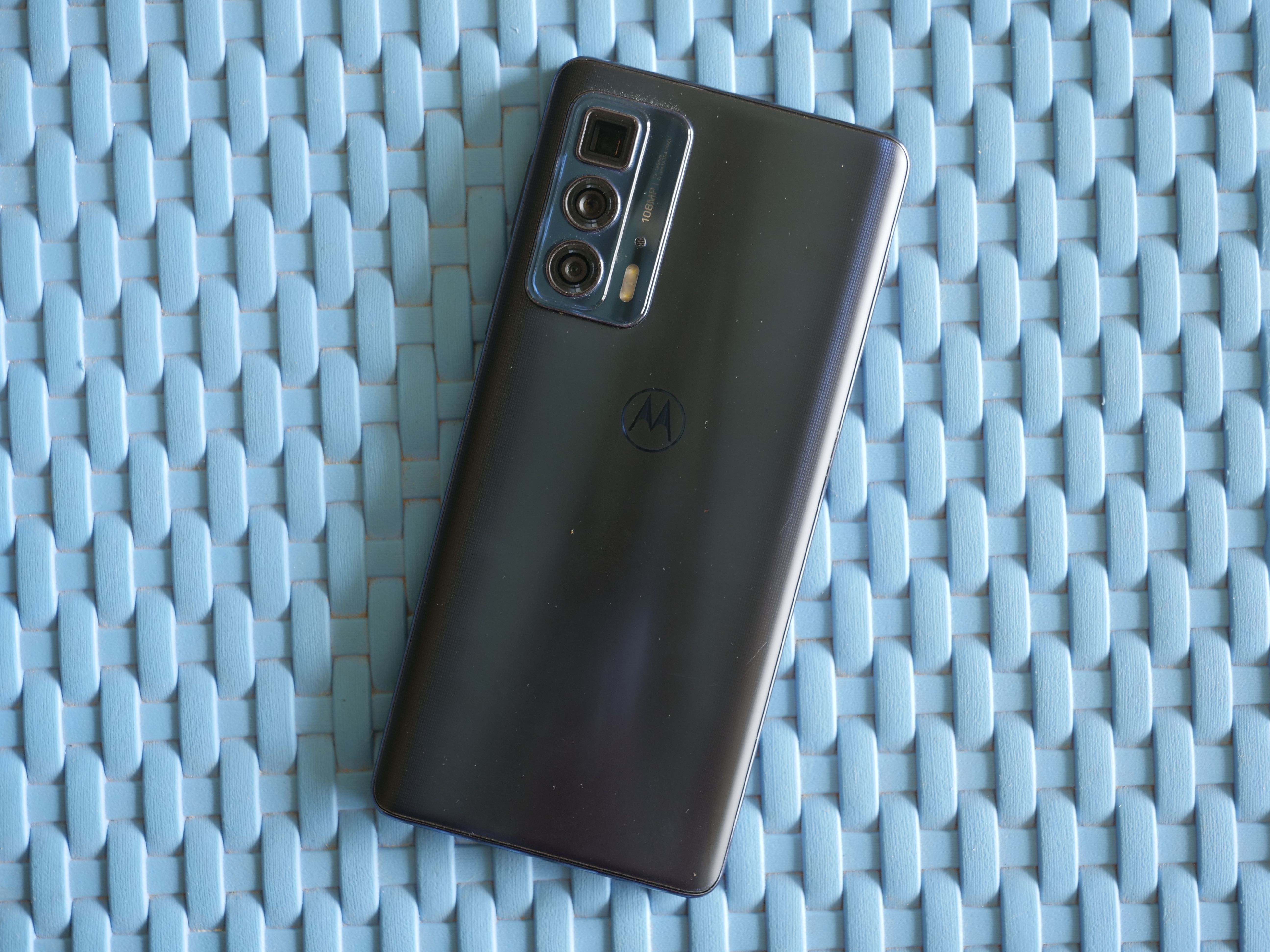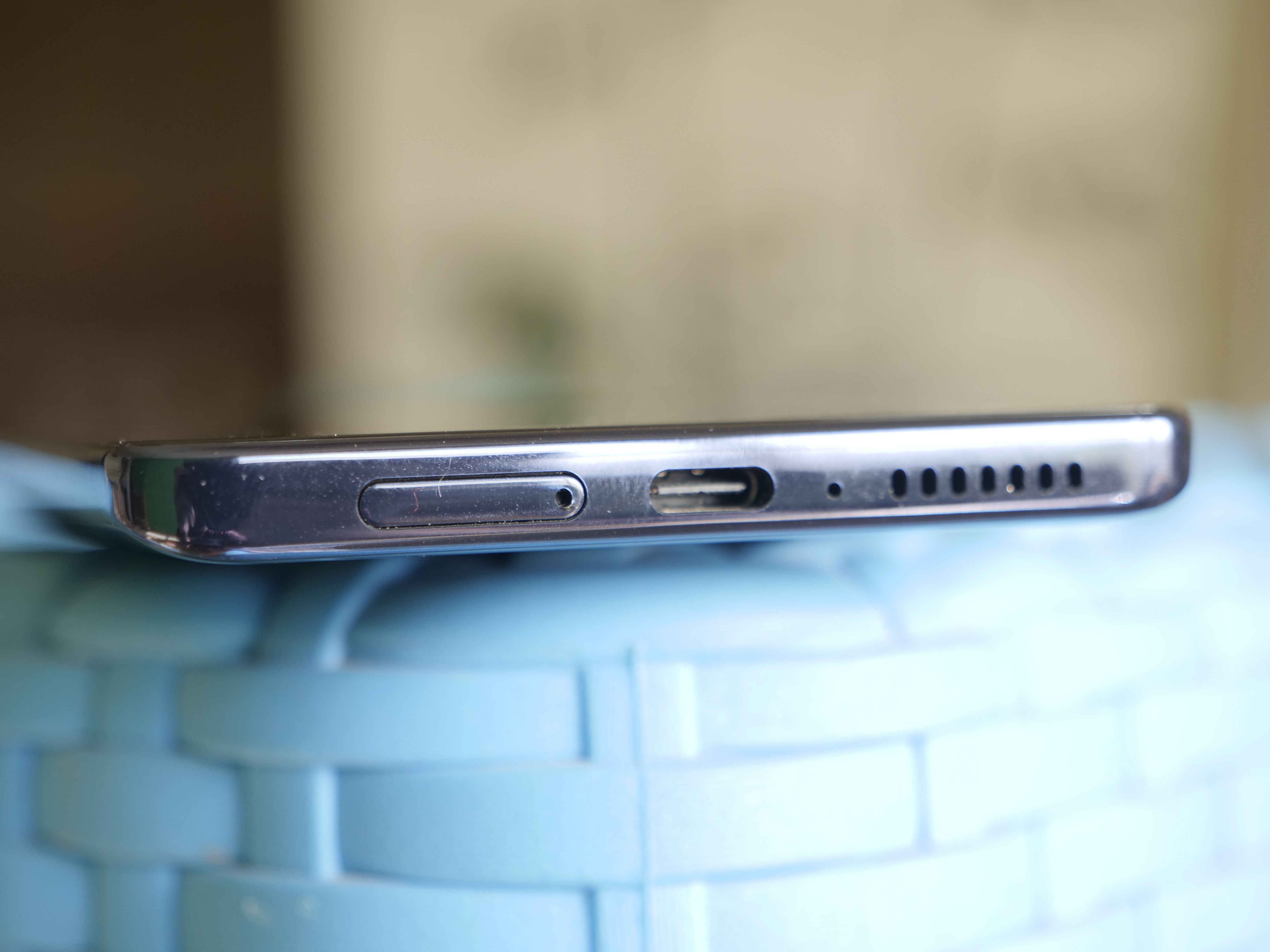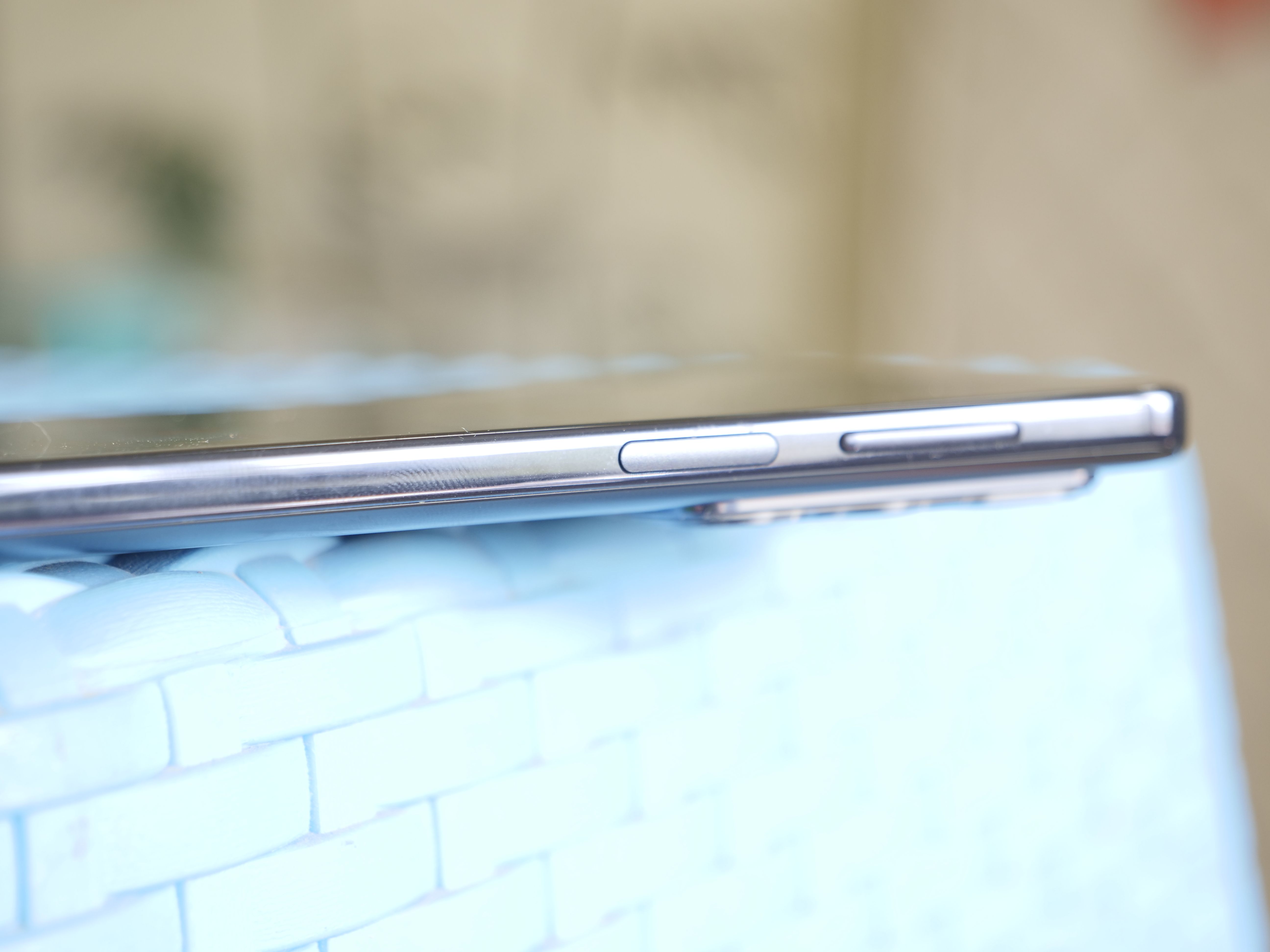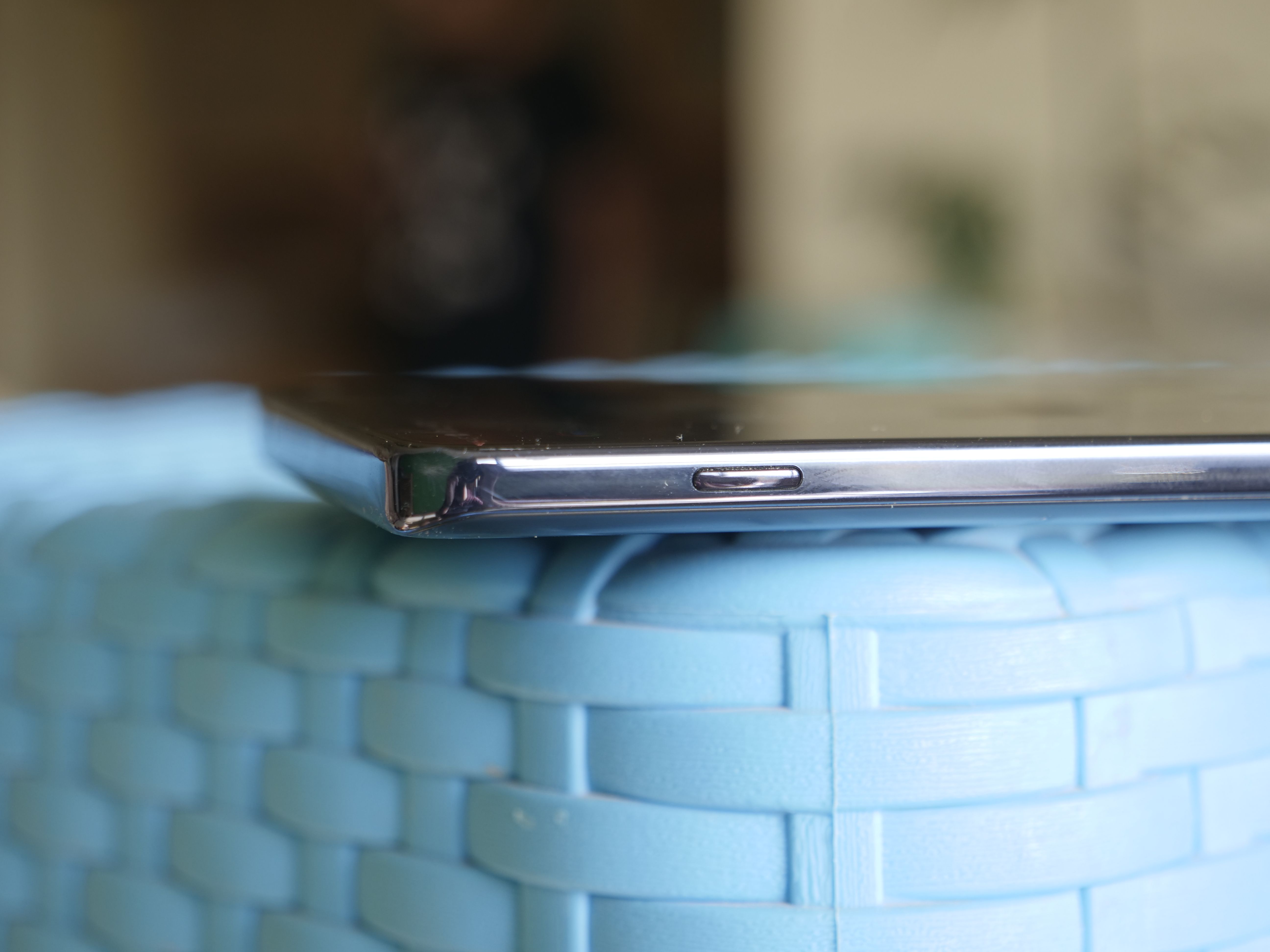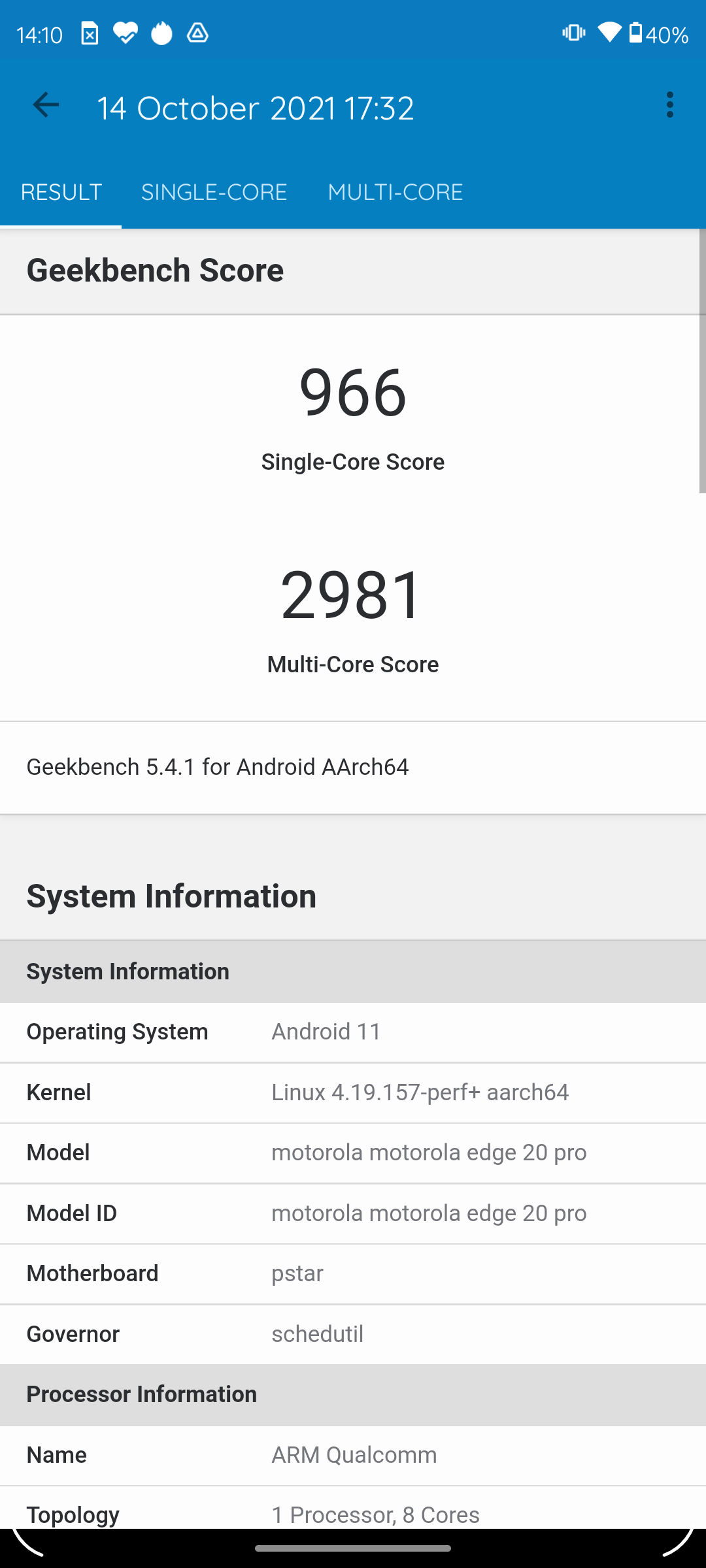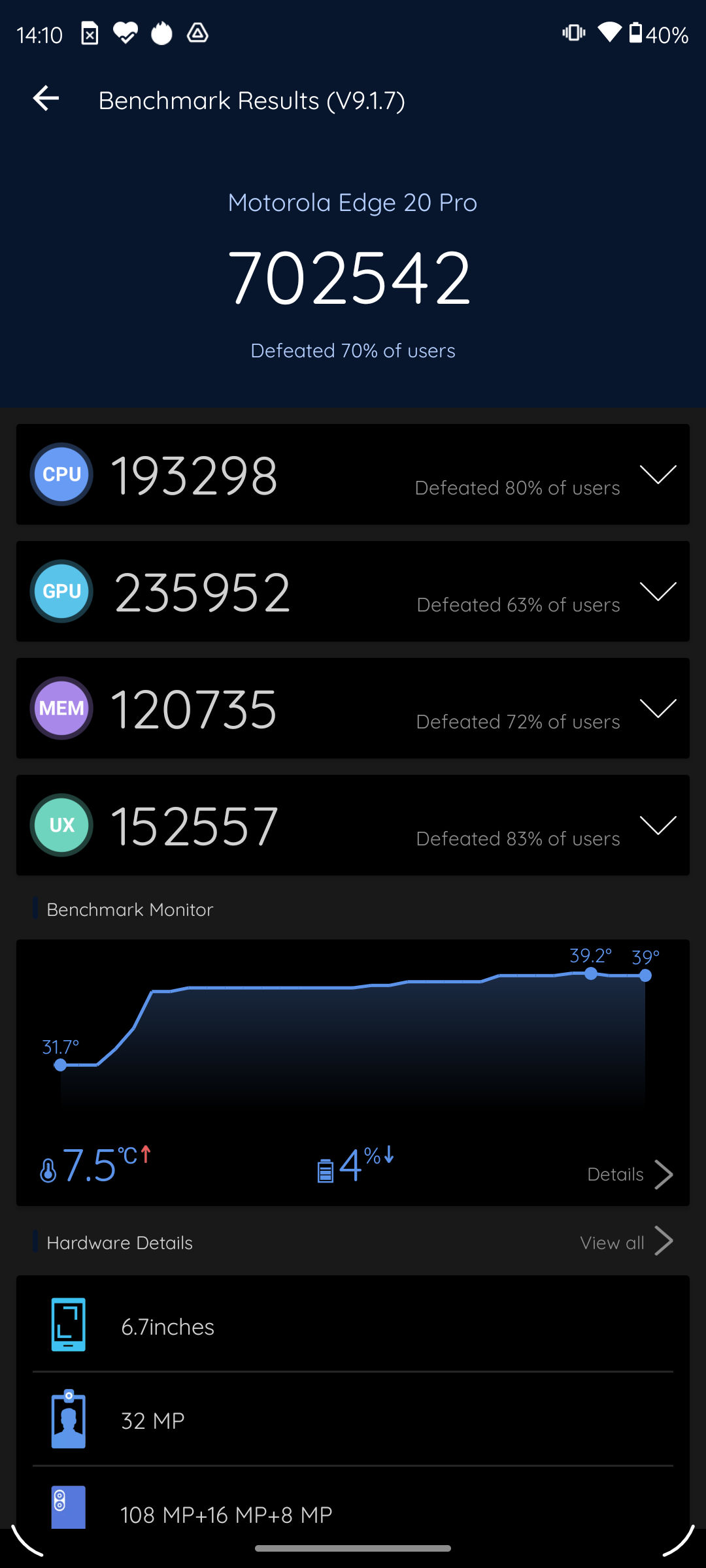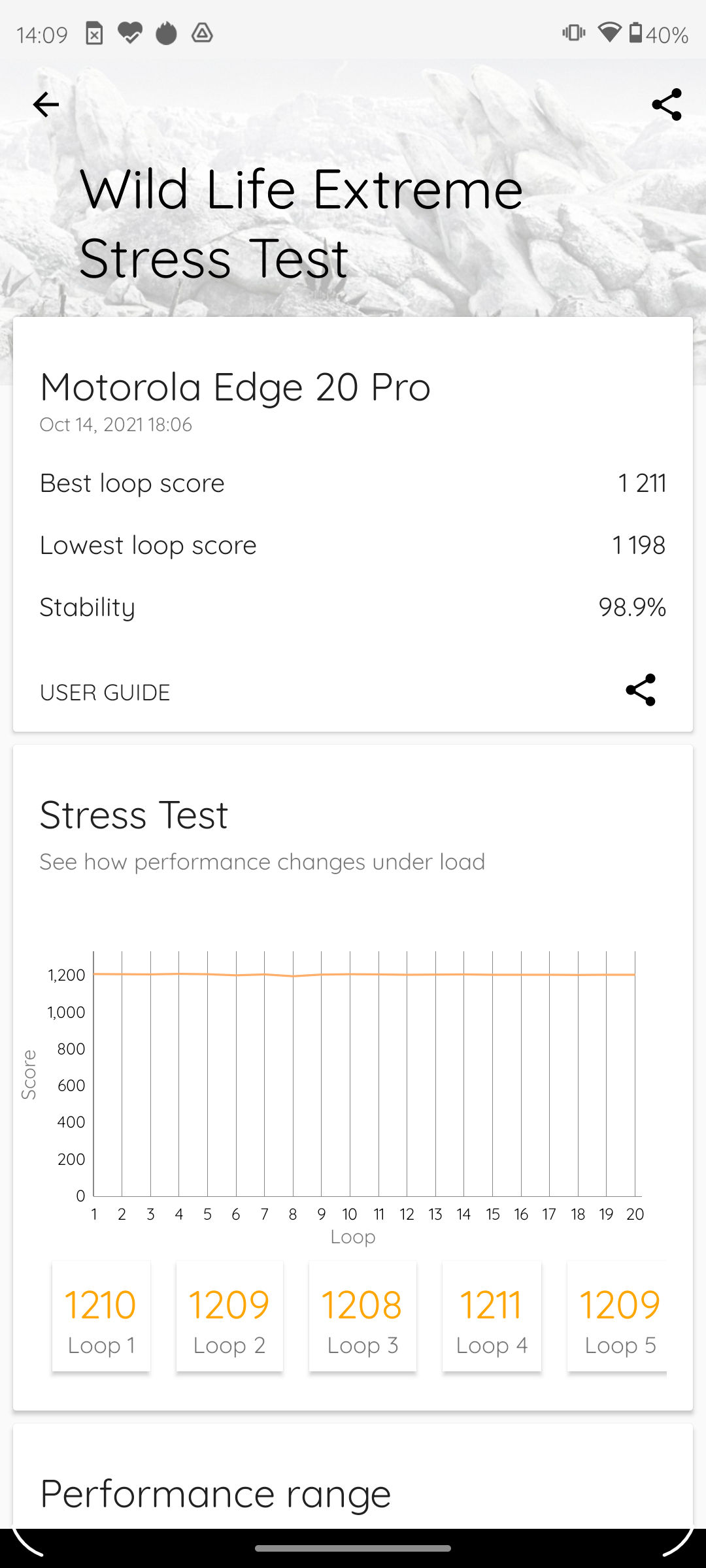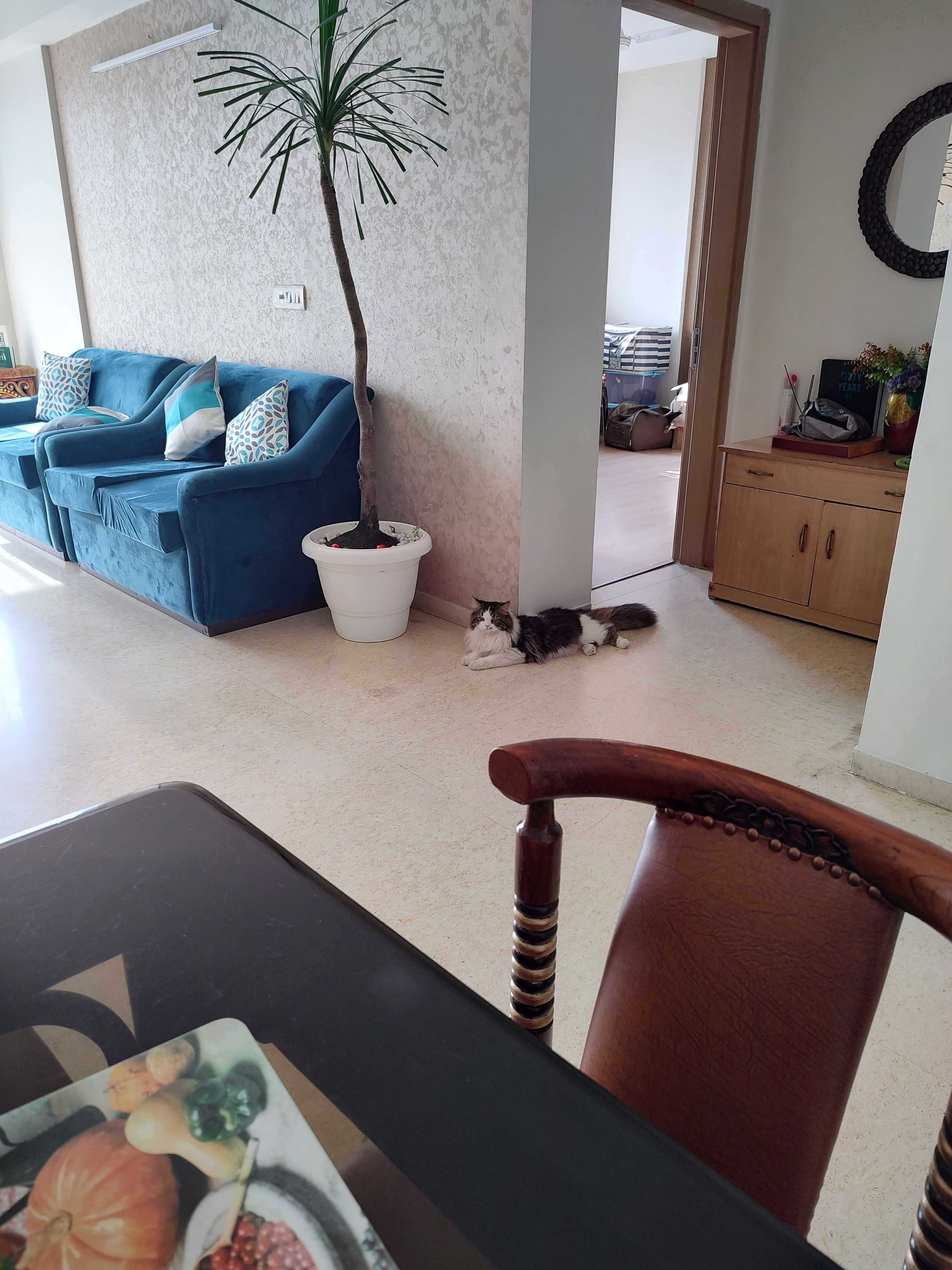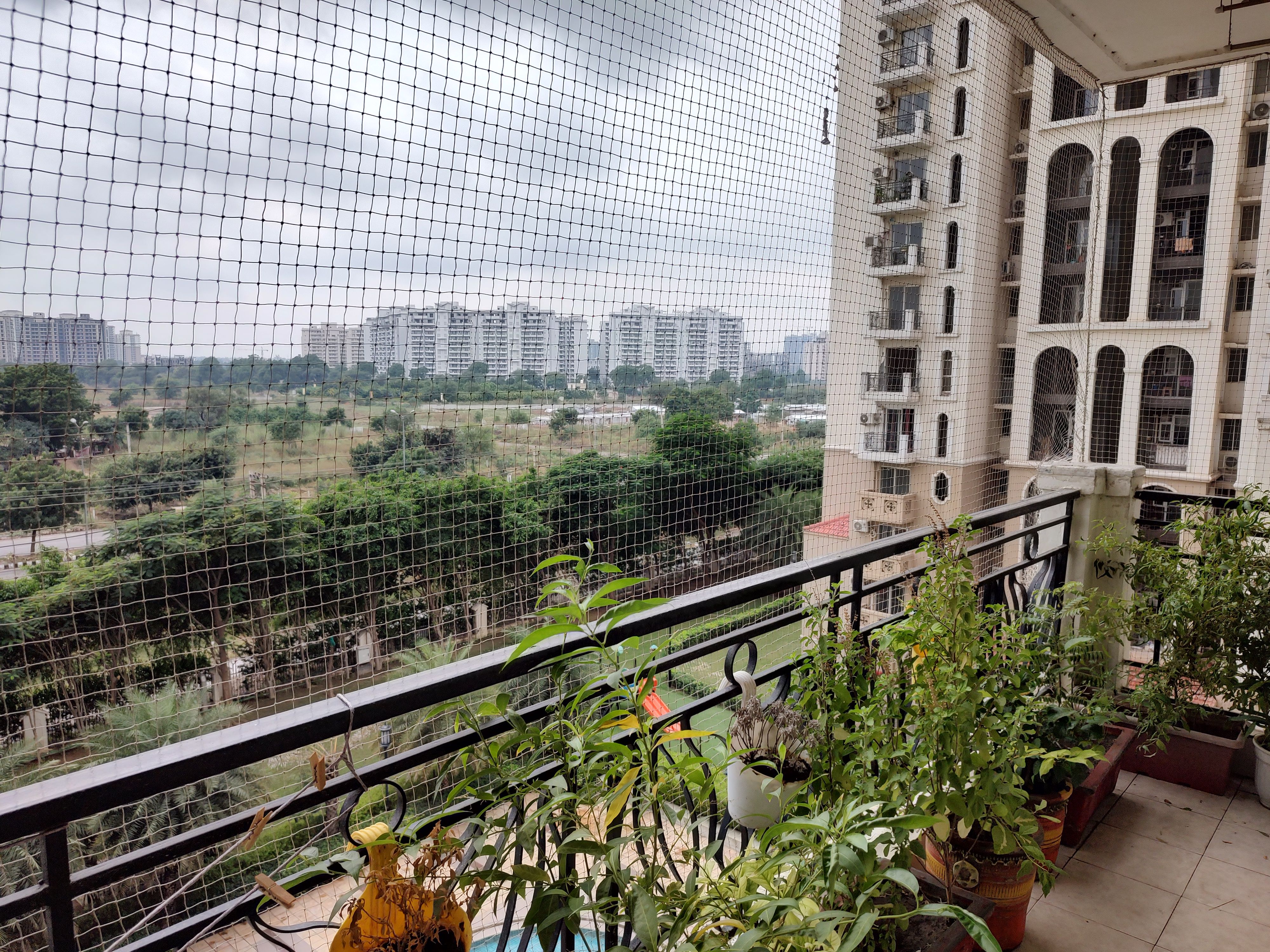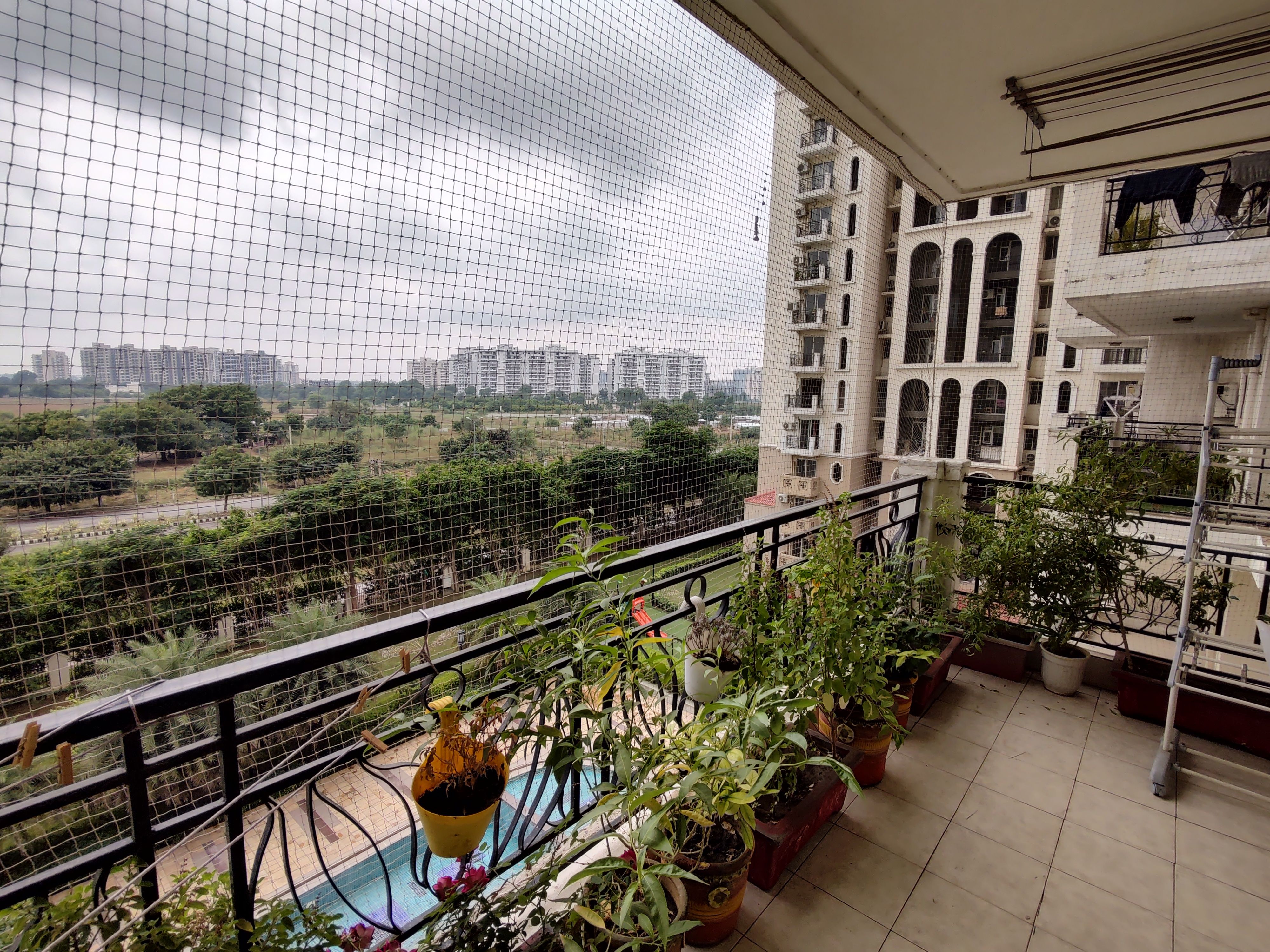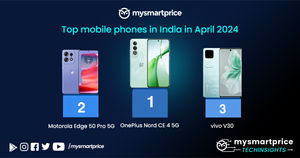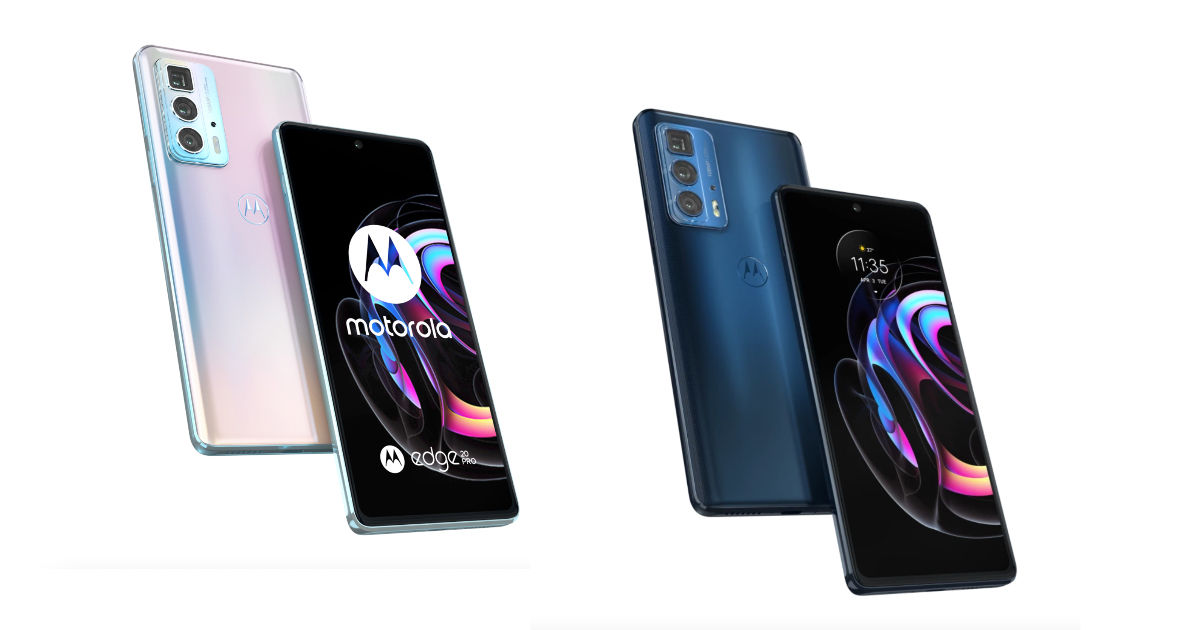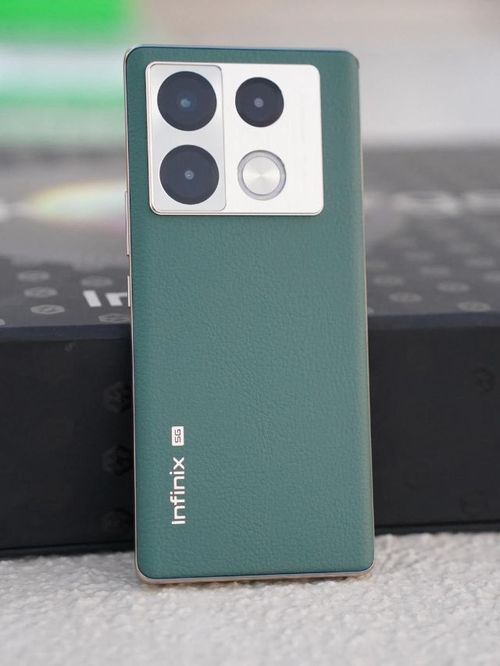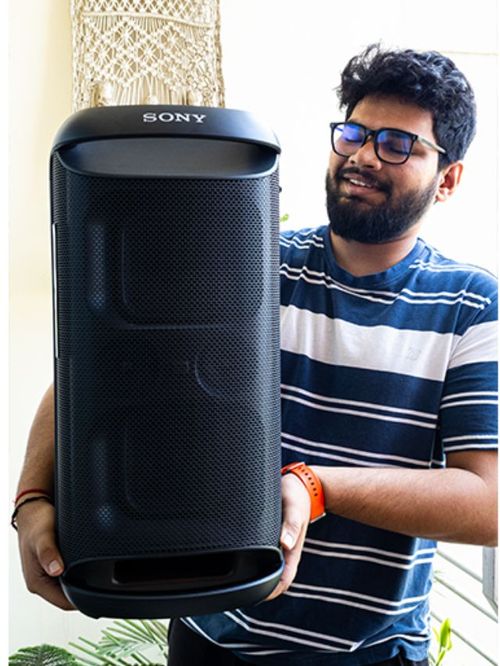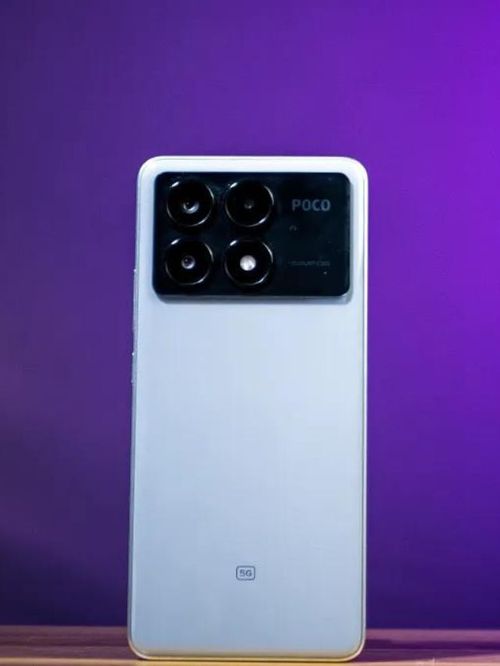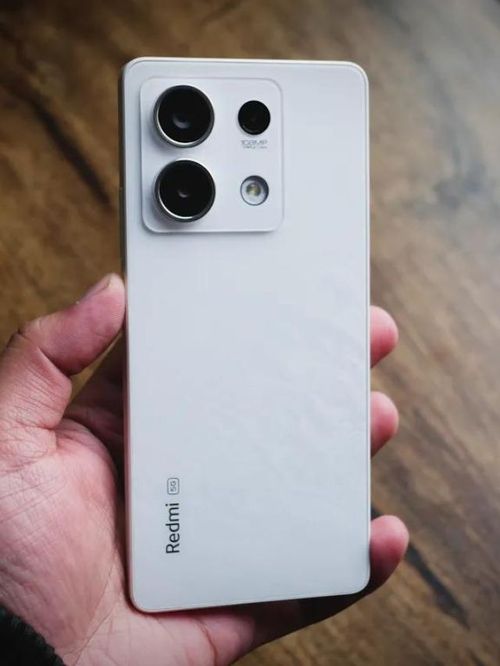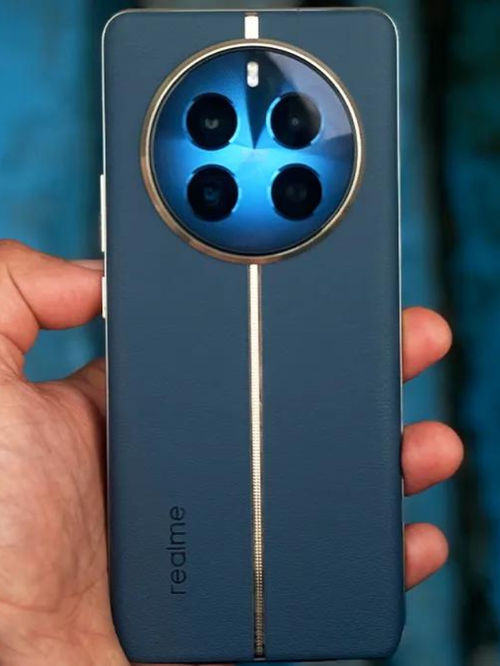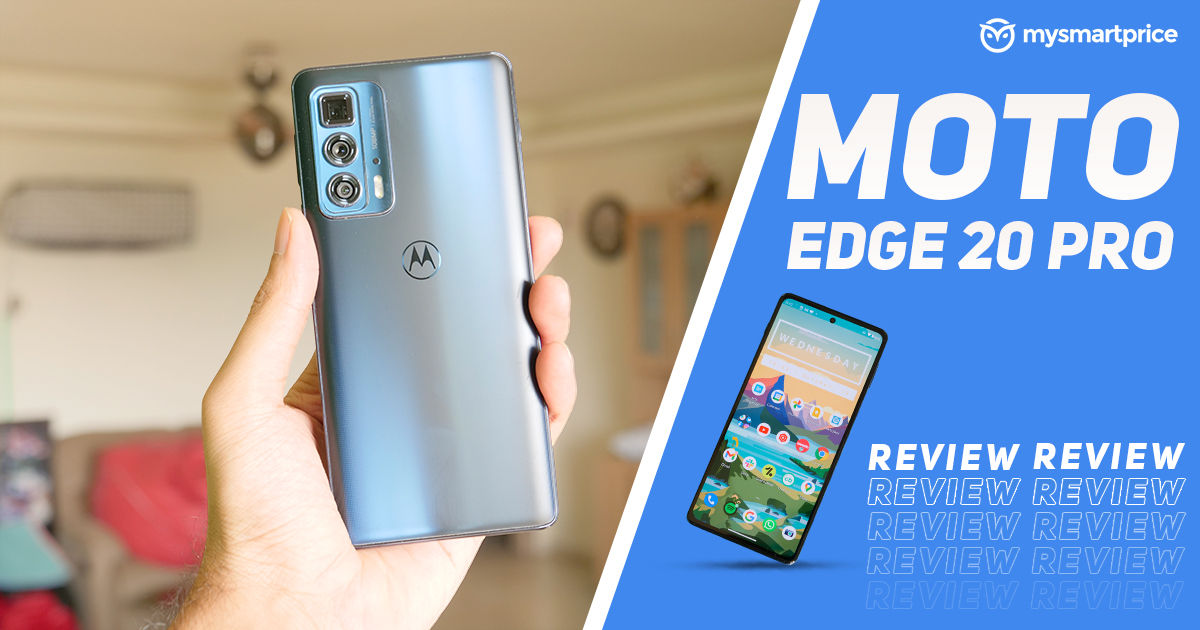
If I remember correctly, the last time Motorola launched a device in the INR 30-50K range, it was the Moto Z in 2016. Infact, barring the recent Razr foldables and last year’s Moto Edge+, I don’t remember any premium/mid-premium Motorola phone reaching Indian shores. For years now, Samsung has been the default choice for people looking for ‘premium’ Android experience, with Oneplus filling in as the ‘flagship killer’, or ‘high value at a budget’ offering. Now that Oneplus flagships have moved closer to 50-60K, the 30-40K segment feels ripe for a new midrange flagship. Yes there are multiple phones from Realme, Xiaomi and iQOO, but these are mostly targeted and marketed as performance oriented devices, which isn’t something a lot of casual users are associating with.
In comes the Moto Edge 20 Pro, the third and (hopefully) final piece in the Moto Edge 20 series. Unlike the Edge+ from last year, it’s not an all-out flagship, although I can easily say it’s a much better phone at a much much better price point. Priced at Rs 36,999, the Edge 20 Pro faces stiff competition from the likes of Oneplus 9R, Galaxy S20 FE 5G, iQOO 7 Legend and more. How does it fare and should you buy it? Let’s find out.
Moto Edge 20 Pro Design: Not Cutting-Edge But Practical
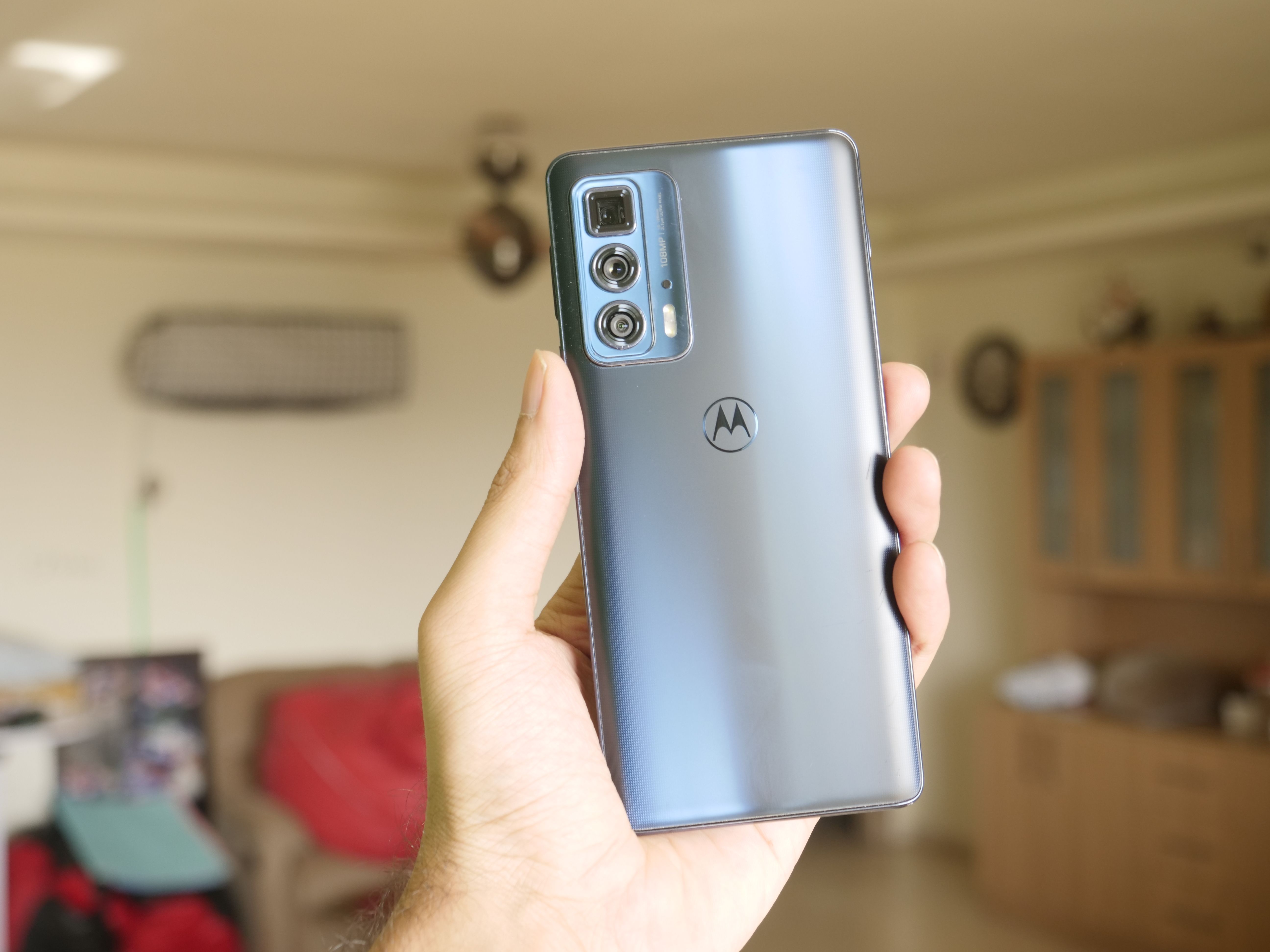
The Edge 20 Pro ironically ditches the curved edged screen design which gave the first Moto Edge its name. Instead it has a flat front now, with a curving back. I like this design better than the flat back of the regular Moto Edge 20 because the curved sides make the phone sit much more comfortably in your palm. ‘Comfortable’ is not a term you’d associate with the button placement of this phone though. The power button and volume rocker both are placed unreasonably high on the right side of the phone. This is more problematic here because the power button also has the fingerprint scanner, and it’s almost always a hassle to reach it. One good thing about this is that the Google Assistant button on the left side is so high up, you’ll just forget its existence and won’t ever be bothered by accidental presses.
What you will remember is the matte finish Gorilla Glass back that not only feels good to the touch but also resists fingerprints and smudges to an extent. The blue-to-black color gradient here does give this phone a premium look. The triple cameras are stacked vertically and they protrude out enough to make the phone wobble on a table. Wrapping up the ports, there’s no headphone jack and expandable storage here. The solo speaker sits on the bottom edge, along with a Type-C port and a microphone. With a weight of about 190 grams and about 8mm thickness, it’s quite ergonomic to use, if only the button placement was given a bit more thought.
Moto Edge 20 Pro Display & Multimedia: Best-In-Class Stuff, Almost
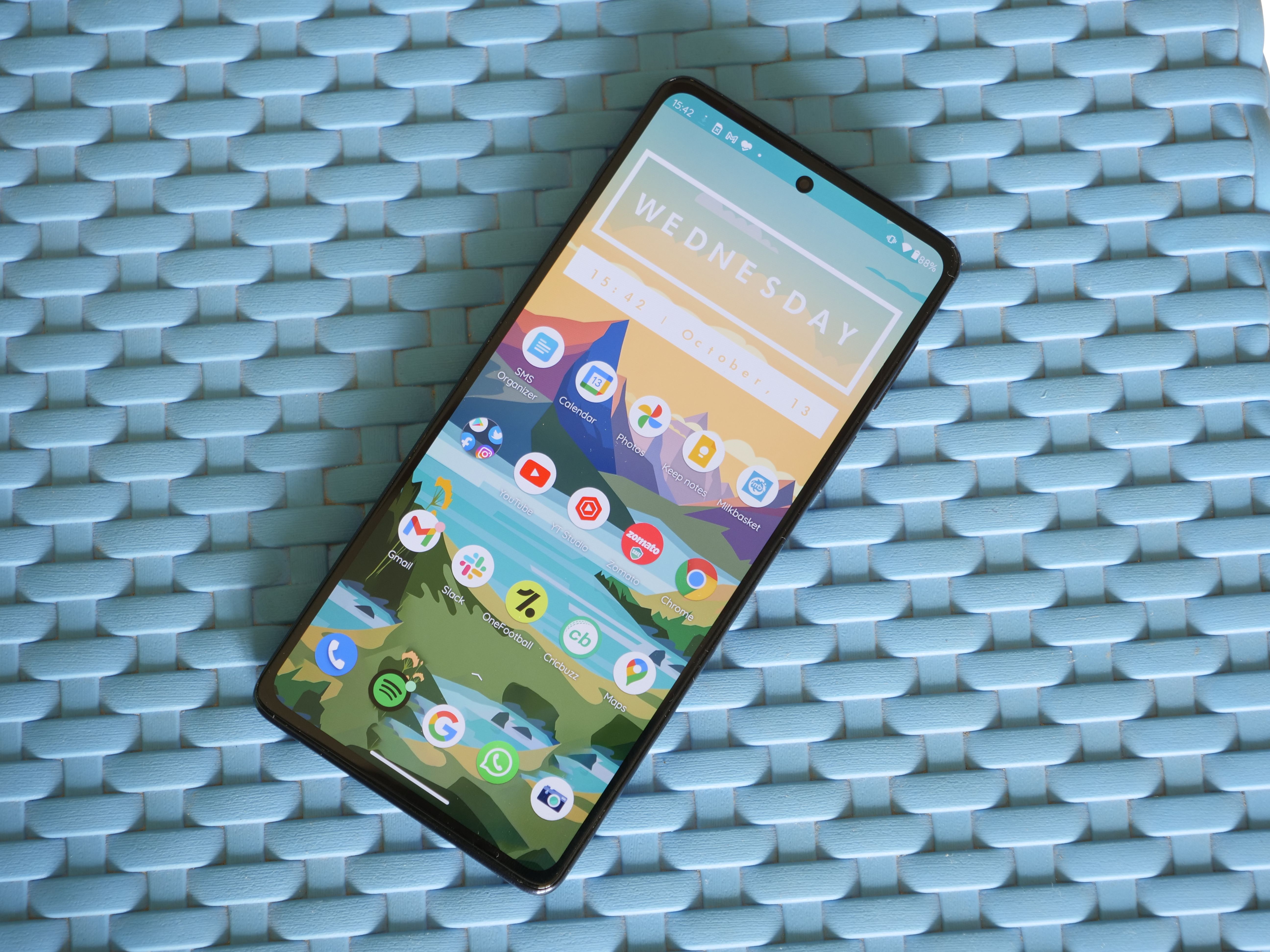
The entire Edge 20 series boasts class-leading displays this time with 10-bit AMOLED displays. This one here is a 6.7 inch FHD+ resolution panel, with support for Widevine L1 and HDR10+. It’s not the brightest one at about 700 nits of peak brightness in regular usage, but it definitely has an ‘edge’, thanks to the 10-bit color depth. The colors here look very close to life, with an apt amount of punchiness and deep black levels. For some reason, it still couldn’t play HDR content on Netflix, but HDR videos on YouTube look great. Also, outdoor visibility isn’t an issue either. Although, the lack of stereo speakers definitely is. Not sure why the entire Edge 20 series skipped out on what is now more or less a default expectation on phones above 20K. The single speaker is not bad though, and Motorola’s Audio tuning wizard does help you tune the audio output to your liking with an expansive equalizer suite.
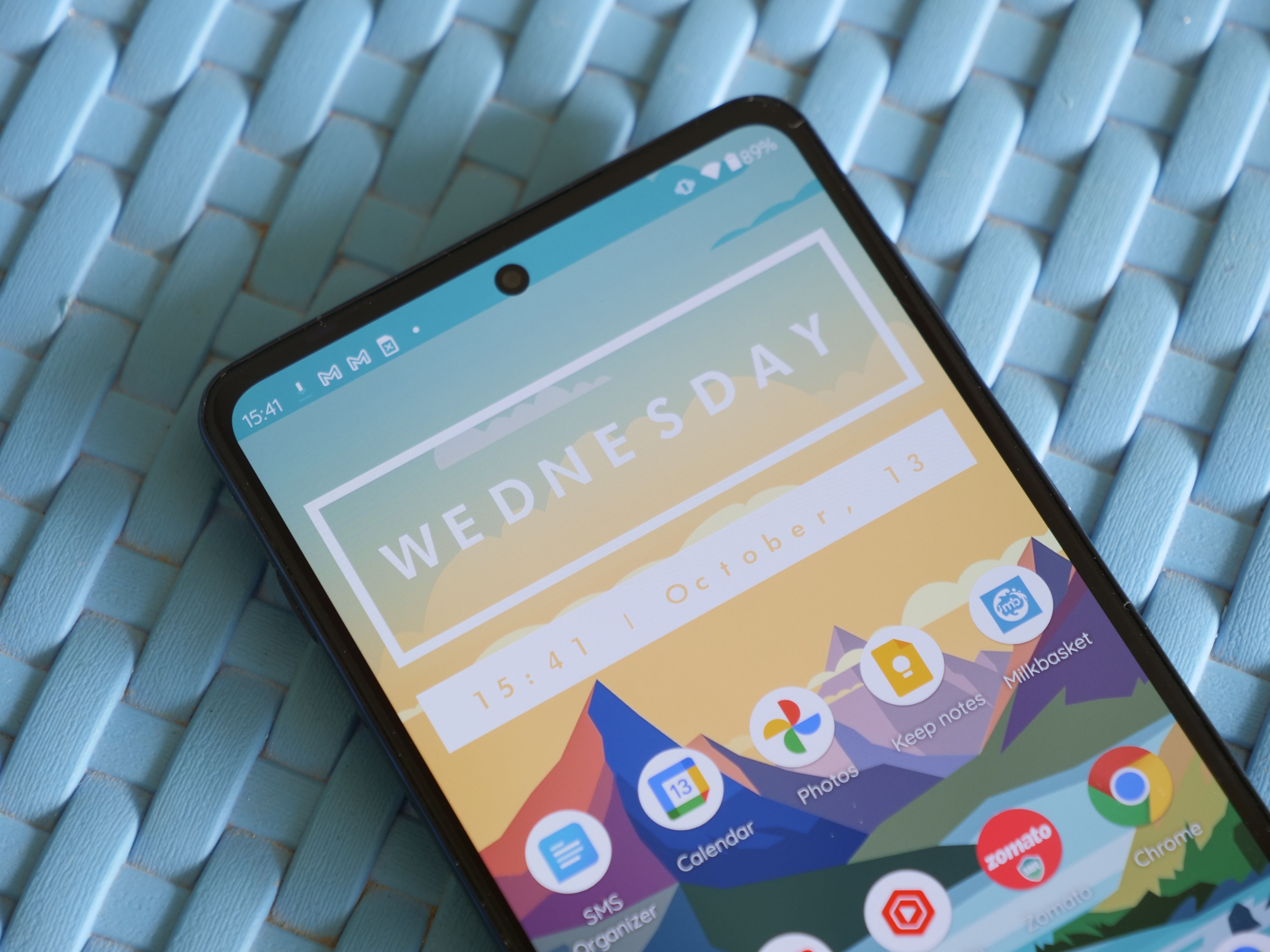
Coming back to the display again, it’s also a 144Hz refresh rate panel with an eye-watering 576Hz of touch sampling rate. I’ll be honest, 144Hz doesn’t feel noticeably smoother than 120Hz screens, but it’s still a wonderful experience scrolling and gliding through content at such high refresh rates. The touch sampling rate makes the phone feel even slicker, and is especially handy in high-octane gaming action.
Moto Edge 20 Pro Performance & Gaming
Talking about gaming, let’s get the specs out of the way first. This phone comes with 8GB of LPDDR4x RAM and 128 gigs of super fast UFS 3.1 storage. The processor here is the Snapdragon 870, which is a step below the flagship SD888, but in my opinion is the best Android flagship chipset for this year. Performance here does never not feel satisfactory, especially more so because of the high refresh rate screen. I could easily switch through apps, and never really felt like I needed more power during casual day-to-day use.
Now you need to remember that this phone isn’t aimed at gamers, so expecting it to outperform or match gaming focused flagships like the Realme GT and iQOO 7 Legend isn’t fair. It does throttle its performance a bit under sustained loads, be it BGMI sessions or back to back runs of Antutu benchmark. That being said, for casual gaming, this phone is more than enough. The SD870 can push most games at their max possible settings and the performance drop won’t even be noticeable unless you’re playing in competitive leagues or something. As far as heating is concerned, it does get slightly warm to the touch but only when being pushed under heavy loads.
The battery here is a 4500mAh cell, and it did well to give me about 5.5-6.5 hours of Screen On Time on most days. It’s not a battery champ by any means, but moderate users should get through an entire day of usage on this phone. Mind you, I was using the phone at 144Hz continuously. Charging speeds do leave a lot to be desired though, with the 30W charger still taking about 1.5 hours to charge the phone from 0 to 100%. I would have loved to see this upgraded charging speed topping up the new Moto phones in about an hour or so.
Moto Edge 20 Pro Software & Network
Do I even need to talk about this? The Edge 20 Pro has basically the purest premium Android experience you can get to use in India, thanks to another year of Pixels not coming to India. We get stock Android 11 with a bit of Moto customizations built-in. So you get all the useful stuff like Moto gestures and customization options for icon shapes, accent colors and the lot. What you don’t get is any bloatware, pesky notifications or cheap apps like Chingari pre-installed. I have absolutely no qualms with the software experience here, except for maybe some apprehension about Moto’s Android update timelines, which haven’t been really impressive lately.
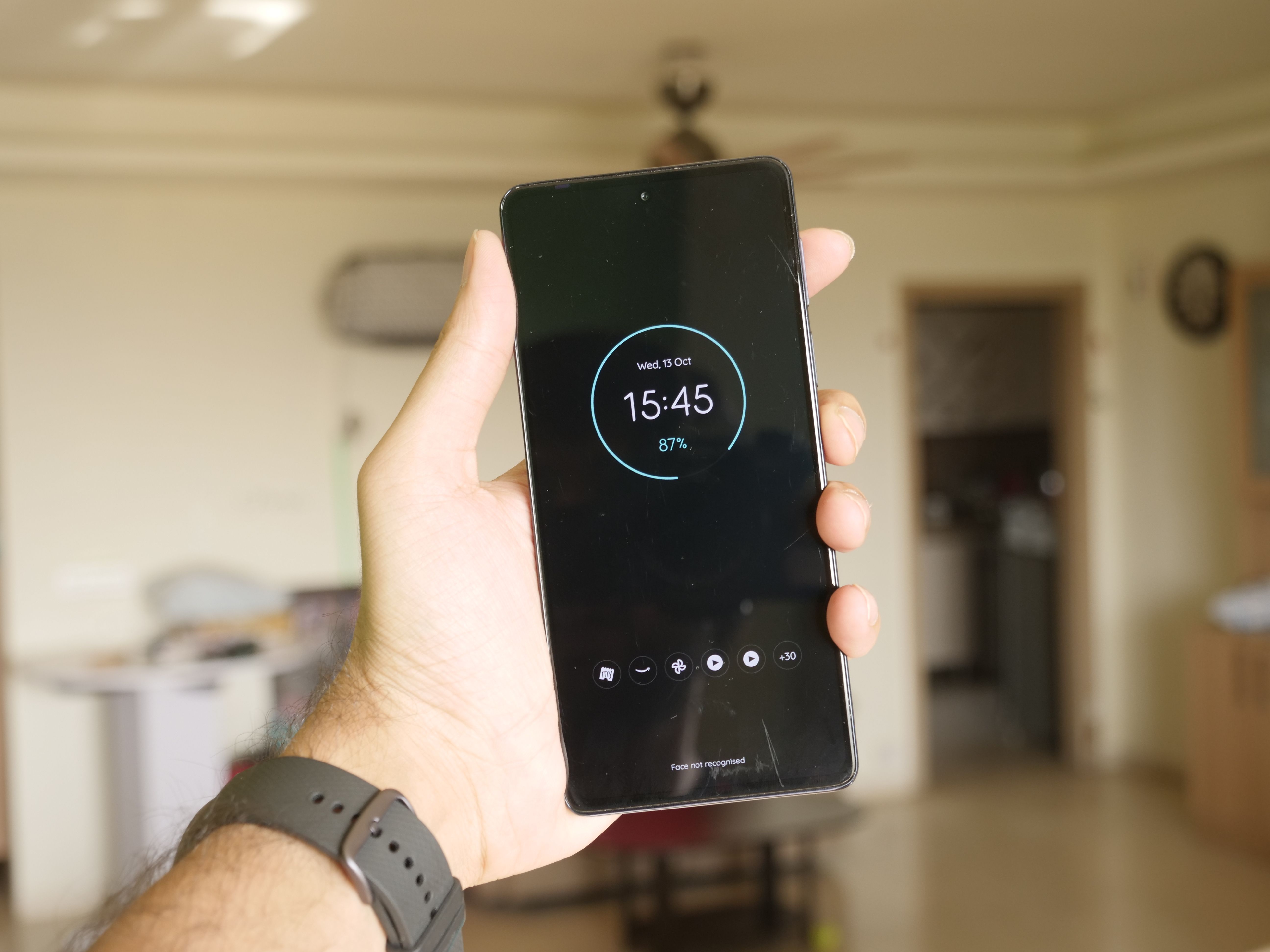
Network performance is sorted here with support for a whole bunch of 5G bands which might or might not come in handy in this phone’s lifetime, depending on when India is finally ready for mass 5G rollout. 4G performance was good though, with my Airtel SIM regularly locking in 4G+ signals. WiFi performance was alright too. The earpiece quality during calls was satisfactory too. The haptic feedback was decent too, although not as tight as we’ve started to see on some recent offerings in this segment.
Moto Edge 20 Pro Cameras

The Edge 20 Pro has one of the most stacked camera lineups in this segment, with a 108MP primary camera, a 16MP ultrawide shooter that doubles up as a macro camera, and a 5x optical zoom periscope lens with OIS. The selfie shooter here is a 32MP camera. I’ll try to keep this short and sweet – the Edge 20 Pro cameras are ok, in fact for most regular users they’ll get the job done perfectly. But it’s certainly not the best camera setup in this segment, and definitely feels like a letdown from what the on-paper specs might make you believe.
Most of the blame lies on Motorola’s image processing algorithms here, as there are clear signs of images getting too soft even in good lighting, missing color science consistency between lenses and just absolutely random switching of white balance between cameras. The 108MP main camera surprisingly delivers quite average results in low-light, even with Night Vision turned on. For context, the 48MP camera on the iQOO 7 Legend and even the 12MP camera on the S20 FE 5G can beat the Edge 20 Pro’s main camera in almost every scenario. To be fair though, the Edge 20 Pro can easily beat phones like the Realme GT, Oneplus 9R etc. in terms of camera. But I’ll say it again, the differences would matter only if you’re a pro shooter or you absolutely need the best camera performance from your phone. Also, there’s hope that Motorola might work on pushing out an update fixing their image algorithms, or at least making the processing more consistent across scenarios and lenses.
Video recording capabilities paint a much better picture here with support for upto 8K video recording and even 4K at 60fps. These high resolutions don’t offer good stabilization though, so you’ll be better off recording stabilized 4K 30fps or 1080p videos. The front camera can do 4K videos at either 1080p or 4K resolution and video recording overall is quite reliable on this phone.
Moto Edge 20 Pro: Conclusion & Verdict
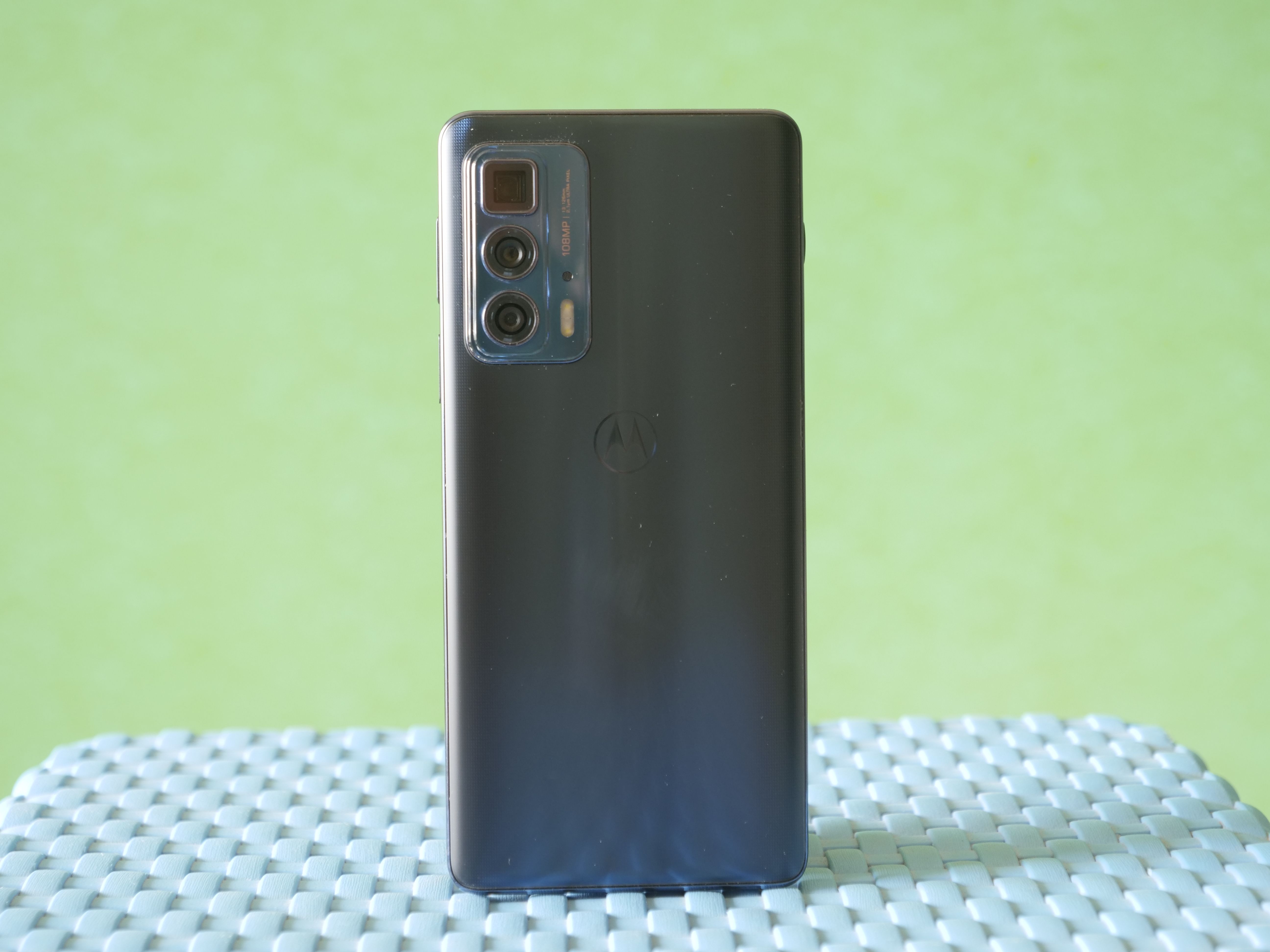
So that’s the Moto Edge 20 Pro for you. For Rs 36,999, you get reliable performance, best-in-class display, all day battery life, clean software experience and a decent set of versatile cameras. If you’re someone looking for a no-nonsense Android experience with a little bit of everything, this is a great option. There are a few minor issues here though that hold it back from becoming the perfect mid-range flagship. The lack of stereo speakers, the uncomfortable button placement and the inconsistent image algorithms all feel like cons that could have easily avoided. If you are looking for a more all-round flagship experience, the S20 FE 5G with its discounted pricing of under 40K is a great deal as it comes with wireless charging, IP rating and much better camera performance. However, I would easily recommend the Edge 20 Pro over the likes of Oneplus 9R, Vivo X60 etc..
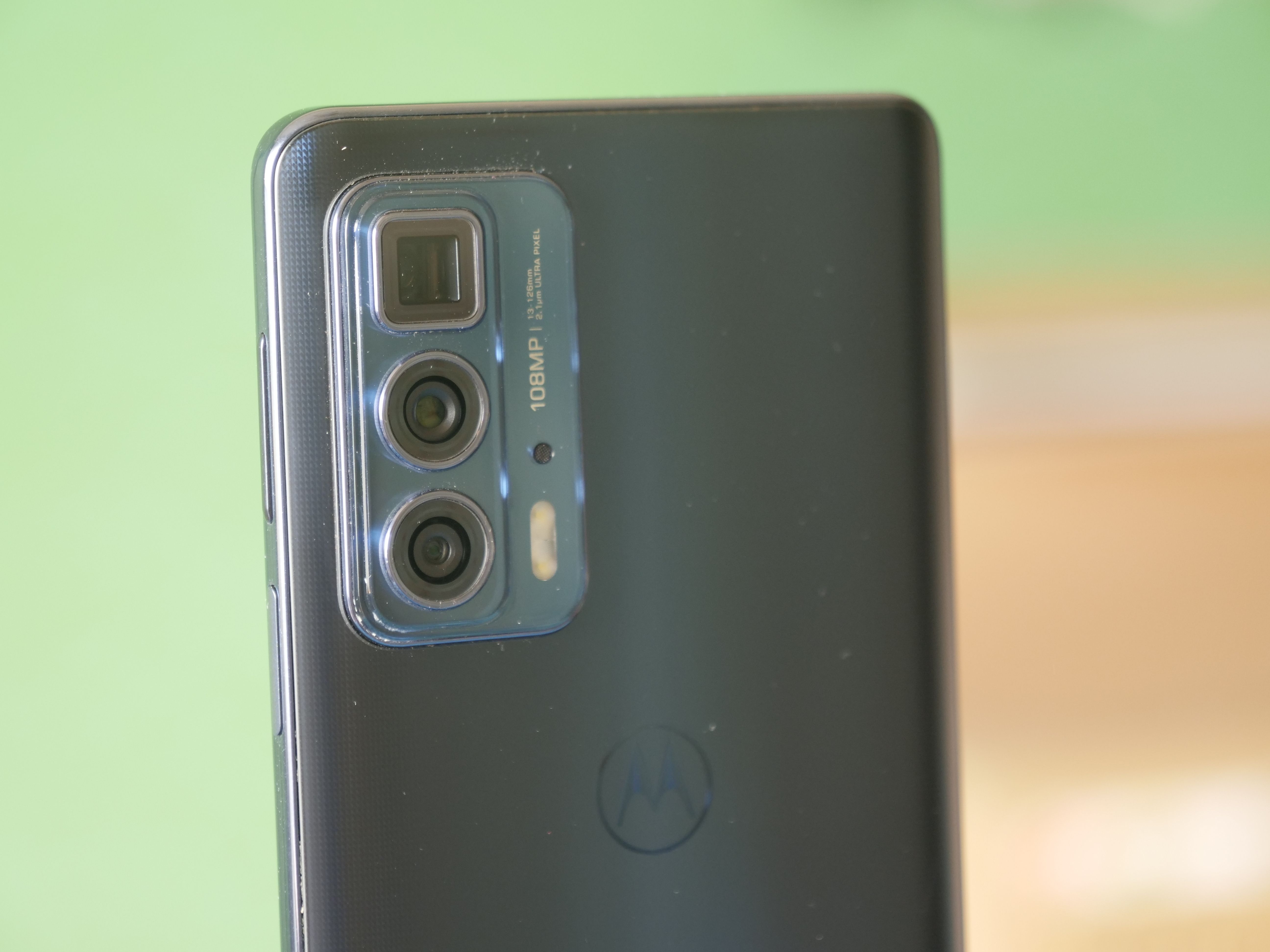
All said and done, I really liked using the Edge 20 Pro, despite these rough edges which are just an indication that it’s been some time since Motorola focused on making premium, high-end phones. Nevertheless it’s a step in the right direction and I hope the Edge 20 series is just a beginning of Motorola’s onslaught in the Indian mid-range to upper midrange segments.

